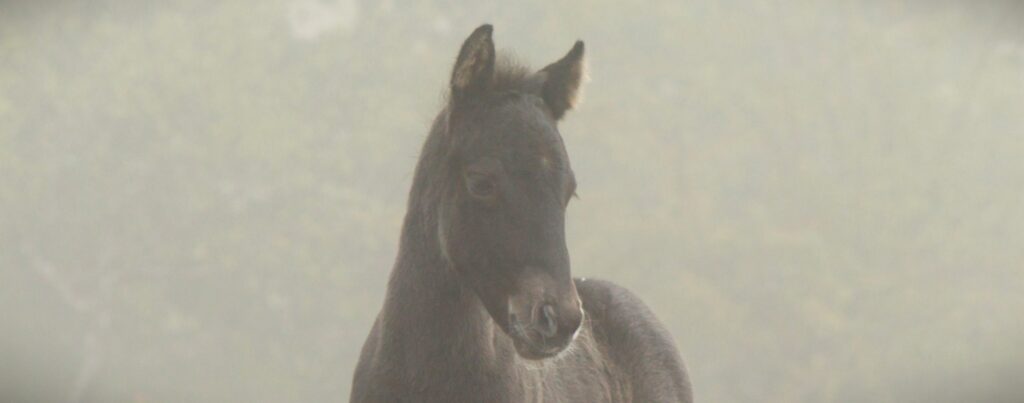
Although the sequencing did not have a high success rate, the results obtained do suggest the possibility that the studied population was inbred. It is not possible to make conclusive statements on the exact level of inbreeding of the herd on a larger genetic scale as these results only show a fraction of the horses genome.
As the results show a high level of inbreeding in the current Pottaka horse population of Valle de Anciles, immediate action would be ideal to avoid further worsening the situation. Culling of the horses should be done with careful consideration of the inbreeding coefficient of the individuals in the herd with the goal of supporting the development of a genetically diverse population. Increasing the number of individuals in the reserve could also make a difference. Although introducing a new stallion might be a good short-term solution, it might not have enough of an effect in the long term, ideally multiple new horses should be introduced. Hopefully this could lead to multiple, smaller herds forming over time as young stallions leave their mothers and form bachelor groups and later search for mares to breed with, creating new family groups. This would allow interbreeding to occur, increasing genetic diversity, phenotypic plasticity and thus lowering the risk for things such as inbreeding depression.

CONTACT
Email: Gaia.resmini@gmail.com – Instagram: gaia_resmini